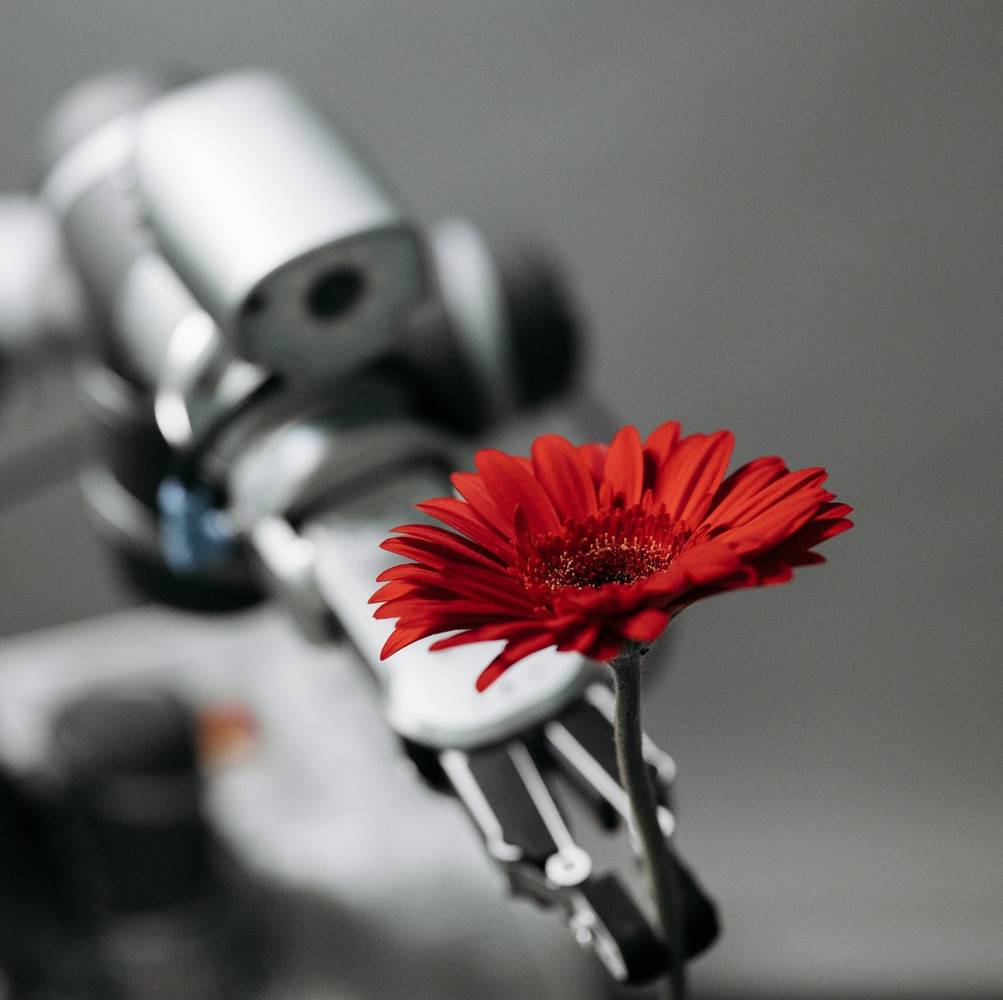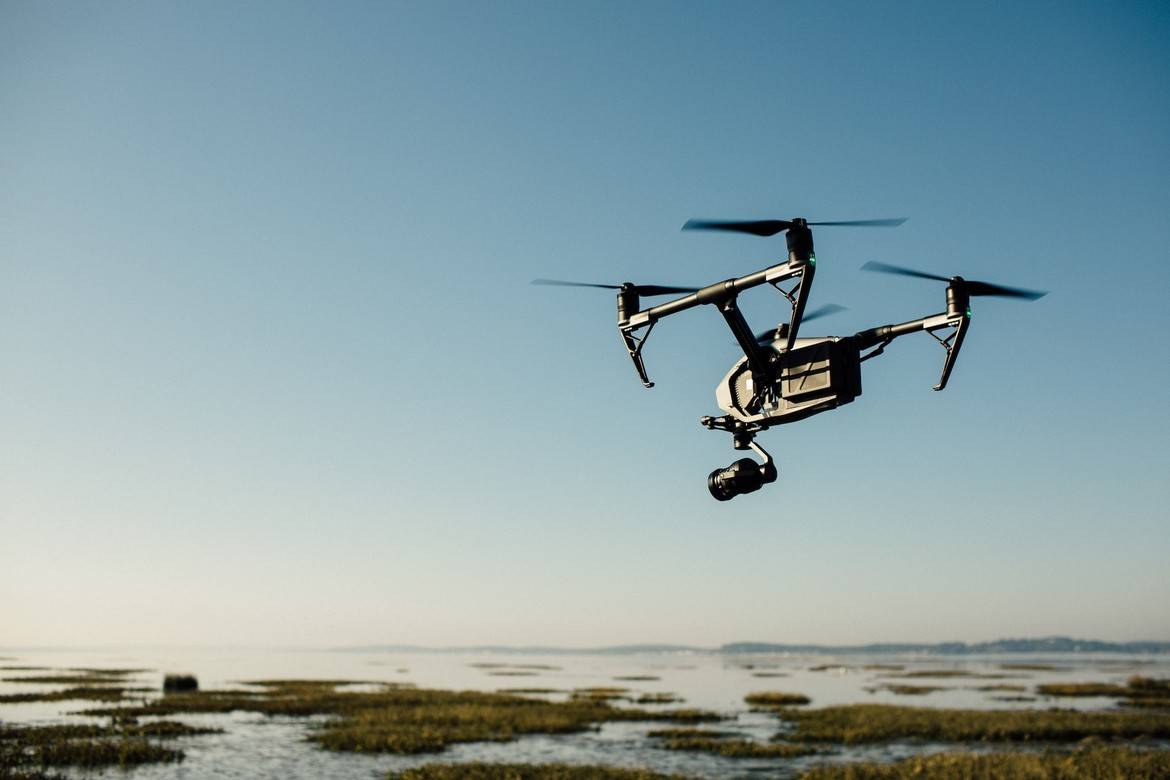Artificial intelligence in architecture
What is Artificial Intelligence (AI)?
Perhaps the best way to explain this is on our own. A man consists of a body, a machine that is able to perform tasks that are given by the brain, thought. Thought develops and learns according to the experience it acquires from the environment through senses: vision, hearing, type, smell, taste.
This collaboration of machine and thought enables through an important component of time, gaining experience, good and bad, leading to the upgrading and autonomous operation of the entire system, body and thought (if I remain with the Descartovski definition of man).
Is a smart house really smart?
Let’s take the heating of the apartment building. It consists of a heating system (stove/pump, water system, heating bodies) and a temperature reading sensor that consequently activates or deactivates the system. The sensor is pre-set to a specific temperature maintained by it or selected by a program that adheres to a certain temperature maintenance time. We need more energy for everything.
Also, on the same level, there were other systems in the house, e.g. lighting, eyeshadows, ... All these systems contain limited logic, but it does not have the ability to learn and memorized and logical reasoning, which is a characteristic of brain/intelligence. But times change...
Beginnings in computering
The invention of a computer, under what I mean both hardware (body) and software (brain/thought), is a basic prerequisite for the development of AI.
Take chess, for example. It’s an old game of grandmasters. So thinkers, with extraordinary memory and logic, who have dominated this game. For a very short time, it was considered that the computer would not defeat the man in chess. Somewhere around the turn of the millennium, it became clear who the actual grandmaster was.
So how’s further going?
In parallel, AI was enforced in all areas. Most of all, of course, on the destructive, the military. If the first drones were guided out of the human control centre, some of today’s drones are capable of fully autonomous operation, both flying and decision-making for military action, given the changing situation on the battlefield. But even from the military field, civilians get a good solution.
And Architecture?
I often hear the stereotype that architecture is an easy study, unparalleled in medicine, mathematics, physics,... This topic could be discussed for a long time. That’s why it’s just a short story. I know a guy who wanted to go to architecture from a young age and started college. The golden prom. But he didn’t do well in architecture. He had to drop out of college. The problem was the idea, or rather creativity. He skipped to a very demanding technical study, which he did easily. Architecture contains both technique and art. No good idea, and it’s nothing.
A long time ago, in programs aimed at architects, I noticed some beginnings of AI. Only they remember the commands that the user uses. They also remember their sequence. This is how they suggest uses and sequence specific commands on their own next time. According to the data entered, materials are also advised – the method of construction, the design, the functionality and usefulness of the premises and the typology of the construction, of course all according to location.
Architecture generated by fractals.
Thus, the good final idea of the project is no longer very far away. And I can say that, no doubt, AI will be creating brilliant projects in the near future. The AI will operate objects that will become some kind of living, functioning, thinking organism. Whether that’s good or not is another question.
Architecture generated by AI program DALL-E (inserted data: "red modern house by the sea").
Written by:
Tomaž Križnar, u.d.i.a.,
Bränntorp, Sweden, 16.12.2022













